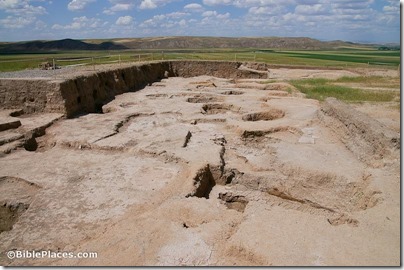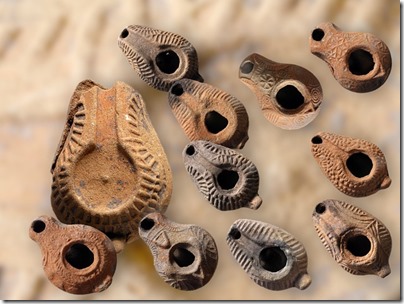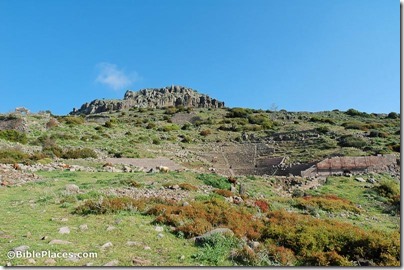Leen Thobias has some impressive 360-degree images of Israel and Jordan here.
It must be a bit discouraging when you find in your sealed excavation locus a beer bottle cap. (Photos here.)
Theories about the identity of Khirbet Qeiyafa are discussed in this Haaretz article. The most helpful section is what everyone agrees on.
A Tel Aviv professor wants to know if a mound of stones in the Sea of Galilee marks the place where Jesus walked on water.
If you’ve been waiting to see the new Samson mosaic found last summer at the Huqoq synagogue, you should check out Jodi Magness’s new article in Biblical Archaeology Review, currently online for free.
The anarchy in Egypt has not been good for archaeological sites and museums.
Archaeologists have found evidence that cinnamon was produced on the northern coast of Israel in ancient times.
Fifteen foreign archaeological teams are preparing to begin fifteen projects in Saudi Arabia.
Foundation Stone shares a 7-minute video showing some results from this summer’s excavations at Azekah.
Leen Ritmeyer has created some new reconstruction drawings of Jerusalem throughout its history.
HT: Joseph Lauer, Jack Sasson


